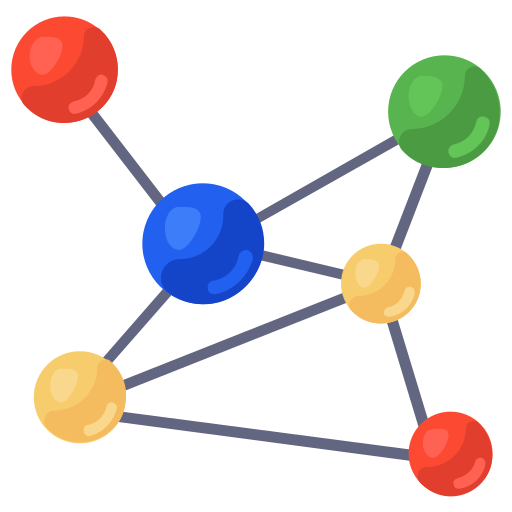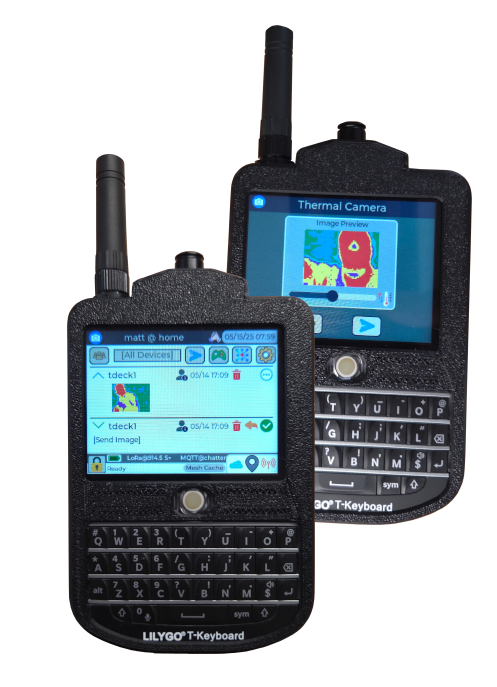What is ChatterBox
ChatterBox is an off-grid communication, location sharing, and circuit control encrypted mesh firmware and protocol, based mostly around LoRa, but also MQTT and others. It is designed to allow you to communicate with those around you where you have no access to services, or even during a complete grid outage.
Independent of infrastructure & centralized services (cell/internet/grid)
Local messaging, broadcasts, & location sharing with trusted people
Smart decentralized mesh algorithm intelligently moves packets as efficiently as possible, while maintaining security
Out-of-range / powered-off devices can receive messages up to 24 hours later
Encrypted and digitally signed (asymmetric/symmetric encryption + ECDSA)
Delivery confirmations when a message is received
Unpredictable frequency hopping + packet striping across frequencies
It’s probably easier than you think, using components you can find on Amazon.
Check out DIY mesh comms build plans.
I can build your backup mesh communication system for you, customized to your needs.
It will arrive immediately ready to turn on and use.
How it Started
I started development the ChatterBox protocol, firmware, and hardware platform in late 2023, in response to repeated and authoritative predictions of coming grid and communication outages.
At that time, I could find no good grid-independent systems of text-based communication that were inexpensive, low power, easy to set up and use for a non-technical person.
I know there were some options checked a few of these boxes, but digging a little below the surface, most of what I could find was severely deficient in one or more of those categories. So I decided to create a new one from scratch.
Early Designs
The firmware and hardware have been through many iterations. One such iteration can be seen in the prototypes here, which are based on SAMD51.
After a few iterations of the firmware, I created a custom PCB based around the SAMD51 platform and RFM95W transceiver.
I have since begun to focus entirely on the firmware, UI, and protocols, leaving hardware design to Lilygo, Heltec, and others.
Where It’s Going
I don’t know exactly what the future holds for ChatterBox, but currently I’m focusing on making the firmware easier to use and more accessible to non-technical users.
I’m also expanding the capabilities of the platform to support sensors and control capabilities that I believe would be helpful in a situation where there is no reliable grid, especially capabilities that revolve around secure asynchronous communication and security-related functions (motion detection, automation, etc).
If you want to learn more, visit the main ChatterBox site, as well as the firmware download site.
The firmware download site not only lets you download the firmware, but also has a lot of DIY device build plans (PDFs) and detailed documentation about the platform.










